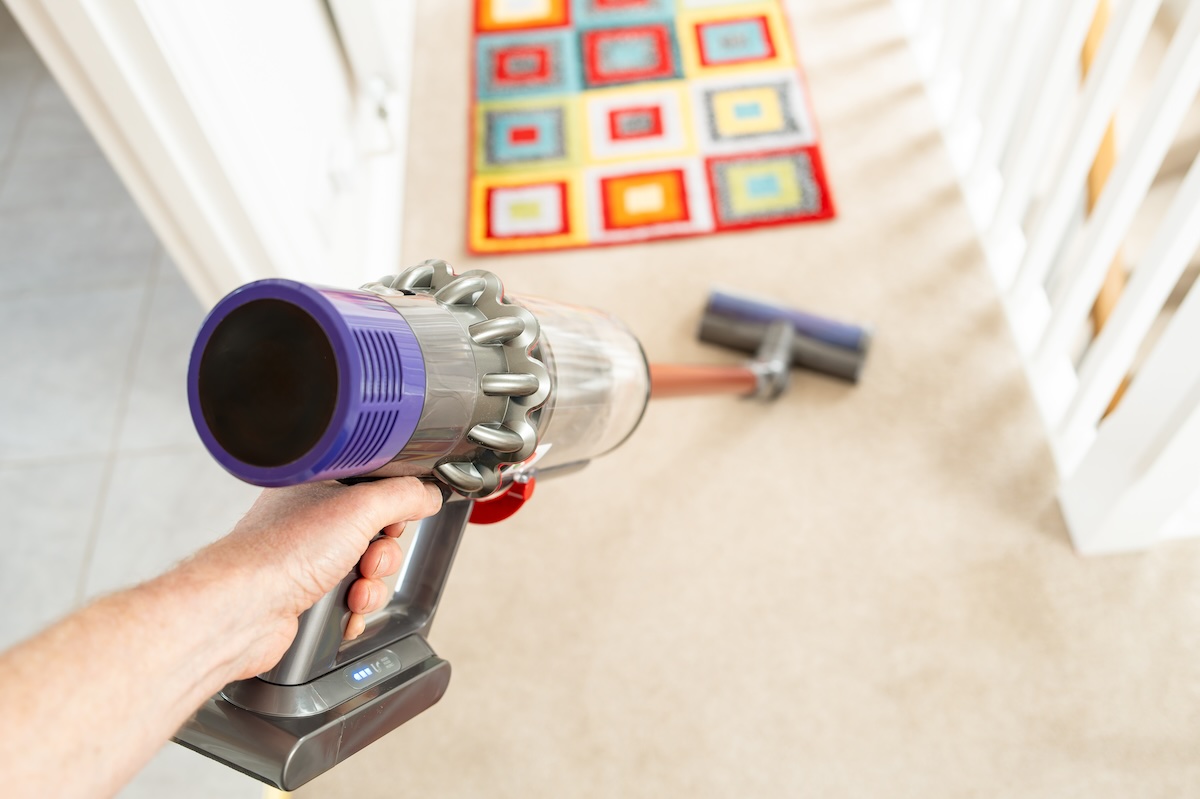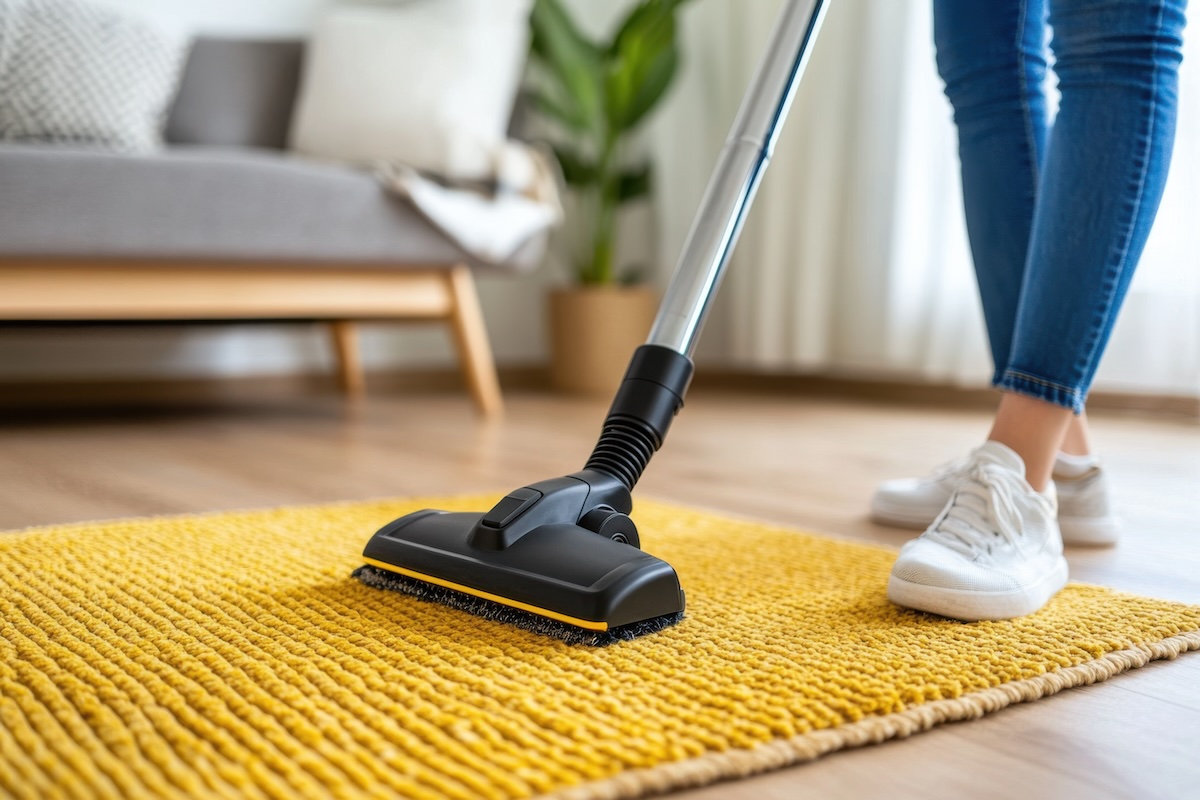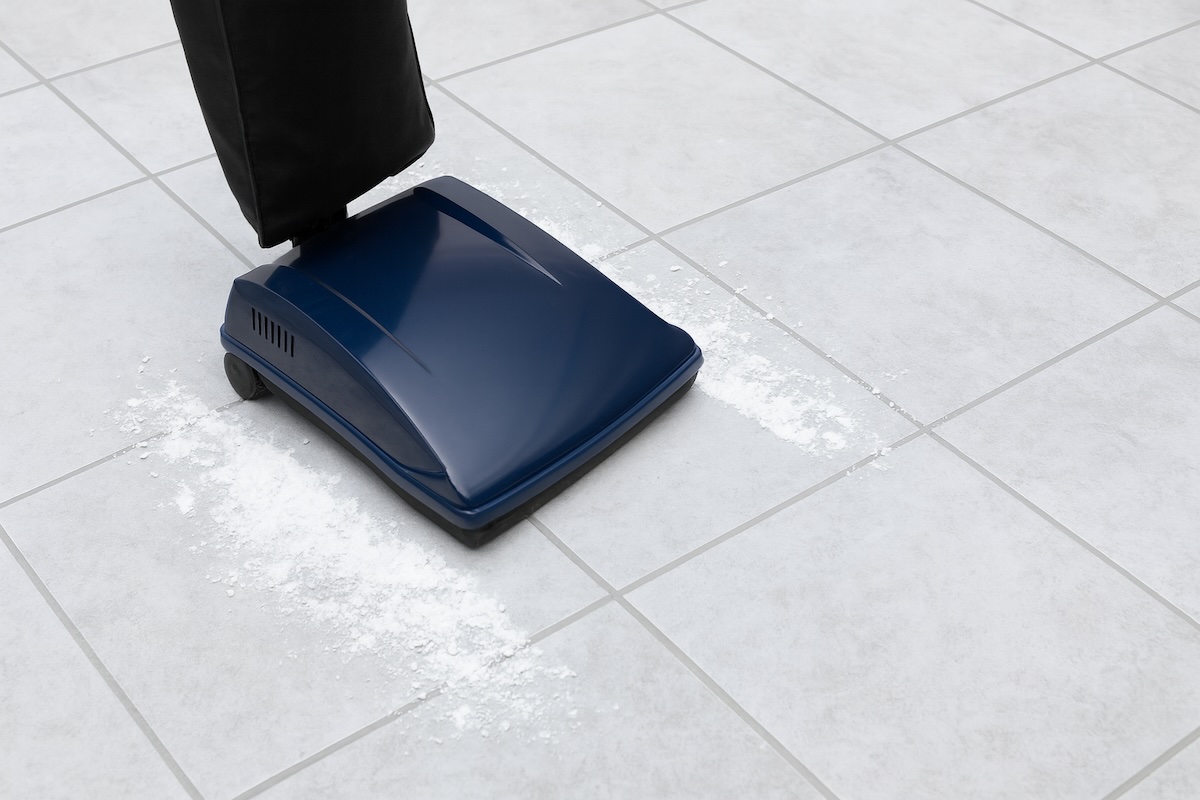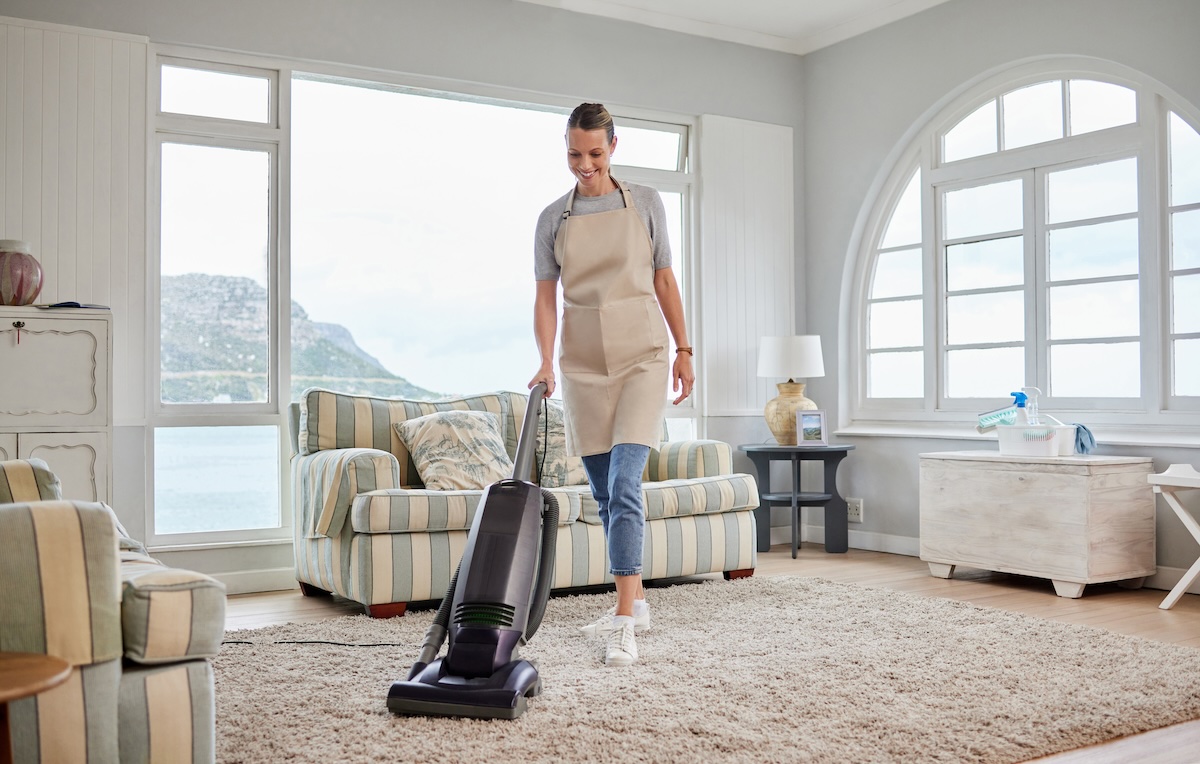When shopping for a vacuum cleaner, one of the first features people look at is suction power. It’s an easy assumption that more suction equals better performance, but what actually counts as “good” suction power? And how much is too much? Understanding the right level of suction for your needs means looking beyond just wattage or marketing claims and focusing on how suction translates to real-world cleaning performance.
Understanding Suction Ratings
Vacuum suction power is measured in several ways, but not all of them are helpful to the average buyer. The most common specs include:
-
Air Watts (AW): This measures the actual power the vacuum uses to pull debris through the system. For upright vacuums, 180 to 300 AW is typical for strong performance. For canisters, 250 AW or higher is usually ideal.
-
Water Lift (inches of H₂O): This gauges how high the vacuum can lift water up a tube and reflects raw suction strength. A good vacuum typically shows 70–100 inches of water lift.
-
CFM (Cubic Feet per Minute): This represents airflow, which is just as important as suction. Strong vacuums usually fall between 100 and 150 CFM.
Some manufacturers may emphasize motor wattage (like 1200W or 1400W), but this mostly reflects electrical consumption, not cleaning ability.

Good Suction Depends on the Job
There’s no universal number that defines “good” suction. It depends on the surfaces you’re cleaning and the type of vacuum you’re using.
-
Hardwood & Tile Floors: These surfaces don’t need extreme suction. A vacuum with strong airflow (CFM) and moderate suction power will lift dust and debris effectively without scratching or scattering dirt.
-
Carpeted Floors: Thick or high-pile carpets benefit from higher suction. Uprights with 200+ AW or canisters over 250 AW do well at pulling dirt out from deep fibers.
-
Pet Hair: Pet owners should prioritize higher air watts combined with specialized brushrolls. The suction should be strong enough to pull embedded fur without clogging or bogging down.
-
Delicate Rugs or Curtains: For lightweight or sensitive materials, too much suction can be a problem. Vacuums with adjustable suction settings or bypass valves offer better control.
Signs of a Well-Balanced Vacuum
A vacuum isn’t judged by suction alone. Good models combine airflow, brushroll performance, filtration, and usability:
-
Sealed HEPA Filtration: Good suction is wasted if air leaks before it hits the filter. A sealed system ensures full suction efficiency and improves indoor air quality.
-
Smart Floor Adjustments: Automatic height or suction adjustment makes it easier to transition between floor types without losing performance.
-
Brushroll and Nozzle Design: Suction needs to be directed efficiently. Poorly designed nozzles scatter debris or create a seal that hampers movement.

So What Should You Look For?
If you want a strong all-around performer:
-
Aim for 180–300 AW depending on vacuum type
-
Look for 100+ CFM airflow
-
Prioritize sealed filtration systems
-
Choose vacuums with adjustable suction for versatile use
At Edison Vacuum, we guide customers to machines that meet these benchmarks without overpaying for gimmicks. Whether you need a high-suction unit for pet hair or a gentler option for hardwood floors, we carry machines from trusted brands like Riccar, Miele, and Sebo that excel in real-world cleaning, not just in specs.
Vacuum strength shouldn’t just be about bragging rights. The best machine is the one that cleans effectively, matches your surfaces, and lasts for years with proper care. If you’re unsure what numbers to trust, let us help you decode the hype and find a vacuum that performs where it matters most – your home.




